From the delicacy of the hands grazing the fabric, ensuring no thread is out of place, to the poetic rhythm in the movement of arms and fingers, and the deep concentration in the eyes of the women who devote themselves to every detail, handcraft remains unparalleled in its precision and artistry.
At its heart, craftsmanship is a conversation; a love letter exchanged between the artisan and the material. There is so much to learn, and so much to understand, from handmade design; an ancient form of fashion craftsmanship that, even today, is cherished and valued more than machine-made work.
Global fashion designers, including icons like Karl Lagerfeld for Chanel, have long understood the true value, rarity, and cost of handcrafted design. Because it is so meticulous and uncommon, it is regarded as a luxury form of artistry, worthy of being showcased in grand exhibitions, such as ‘Manus x Machina: Fashion in an Age of Technology’ at New York’s Metropolitan Museum of Art, which examined the relationship between the hand (manus) and the machine (machina) in the age of fashion mass production.
This kind of luxury, however, is not limited to the grand exhibitions of New York or London. It also lives in the most humble and organic environments, such as Siwa, a breathtaking oasis in the Western Desert of Egypt. Remote and culturally unique, Siwa is known for its natural springs, high-quality dates, and deeply rooted traditions.
Laila Neamatalla, founder of Siwa Creations and Nakhla Jewelry, and sister of renowned environmentalist Mounir Neamatalla — the visionary behind the Adrère Amellal eco-lodge in Siwa — launched her collection in 1999 as a bridge between Siwa’s local craftswomen and the global fashion world.
Unlike many embroidery houses, her work is dedicated to elevating Egyptian craftsmanship into a true luxury brand, ensuring it is produced to the highest standards while preserving its distinct and authentic identity.
“I’ve sold pieces to billionaires in the United States. They’re always seeking the rarest, most distinctive items that simply can’t be found anywhere else,” Neamatalla tells Egyptian Streets. “Their concern isn’t the price. What matters most to them is hosting a gathering, unveiling the design, and hearing people say, ‘Wow, where did you get this?’”
In a fashion landscape dominated by trends and mass production, Neamatalla takes pride in creating pieces that are not driven by mass appeal or visibility, but by quality, design, and individuality. Each item safeguards the traditional artistry of Siwa’s women while elevating it into the realm of luxury.
“In our time, if you wanted the finest, most luxurious pieces, you had to make an effort. You had to travel to places like Florence, search for them, ask where to find them,” she says.
“When something becomes too visible, it stops being truly luxurious. Real luxury lies in rarity, and in pieces that make people ask, ‘Where is this from?’ or ‘How did you manage to get this?’”
The Rise of Embroidery in Luxury Fashion
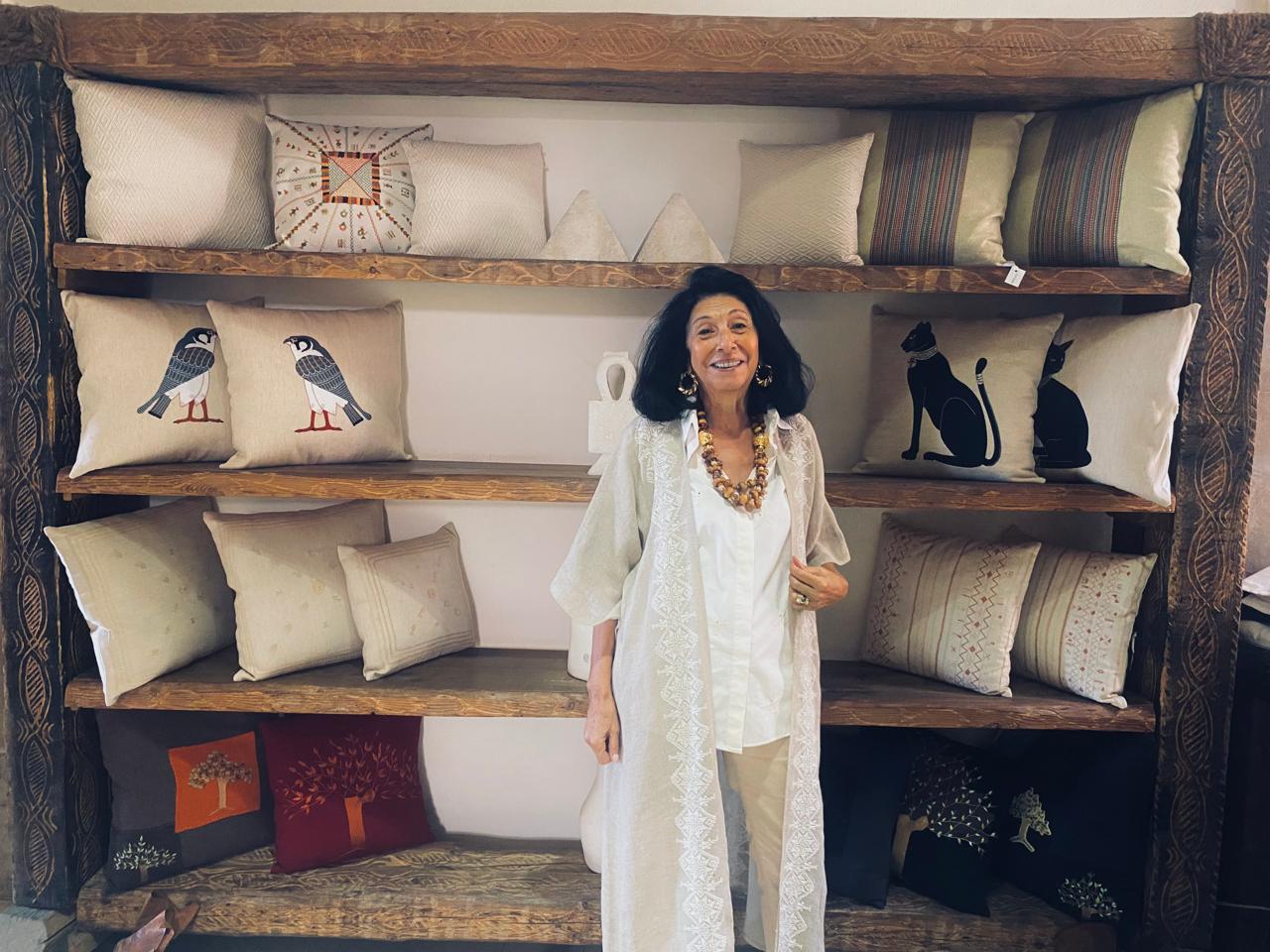
For decades, luxury couture was synonymous with Western luxury fashion houses. Today, that definition has evolved. The global fashion stage now embraces embroidery houses from India, the Middle East, and Asia.
Major luxury brands have increasingly collaborated with international embroidery ateliers, particularly in India. Alexander McQueen, for instance, has long incorporated intricate, hand-stitched Indian embroidery into its haute couture creations.
Yet, long before this shift became mainstream, Siwa Creations was among the earliest pioneers. In the early 2000s, Neamatalla recognized that Egyptian embroidery did not belong in the realm of mass production; it deserved a place in luxury, to be sought after by discerning consumers and prestigious fashion houses alike.
Siwa’s embroidery speaks the language of nature. Its stitches reflect the colors of sand dunes, open skies, and the spiritual force of Egypt’s land. Like the imagery reflected in famous pieces of literature, such as The Little Prince (1943) and The Alchemist (1988), it holds a sense of mystery. When worn, it feels like stepping away from the world’s noise and stepping into a gentler place, where time slows, and the desert wraps you with its magic.
However, bringing Siwa’s unique embroidery to the global stage did not come without obstacles. Neamatalla had to first earn the trust of the Siwa community, immersing herself in their traditions and way of life, while also advocating for new policy frameworks to support industries like hers that operate outside mass production and large-scale factories.
When collaborating with Italian luxury fashion house Ermanno Scervino, she played a pivotal role in pushing the Egyptian government to adopt the drawback policy, which is a system that enables exporters to reclaim customs duties on imported materials.
Under this arrangement, fabrics were shipped from Italy to Siwa, meticulously hand-embroidered by Siwan craftswomen, and then re-exported tax-free. It was through this effort that Siwa’s embroidery made its debut in Scervino’s luxury couture collections.
“It took many years, and only recently has embroidery become more fashionable,” she says.
“The challenge with embroidery is that it has always been seen as an ancient craft. The women would repeat the same patterns and designs that had existed for generations; there was no innovation. All they know is their embroidery, but not how to translate that skill for the world.”
“They need a bridge between the craftswoman and the final client,” she continues. “And that bridge is people like me.”
Building the Eco-Lodge
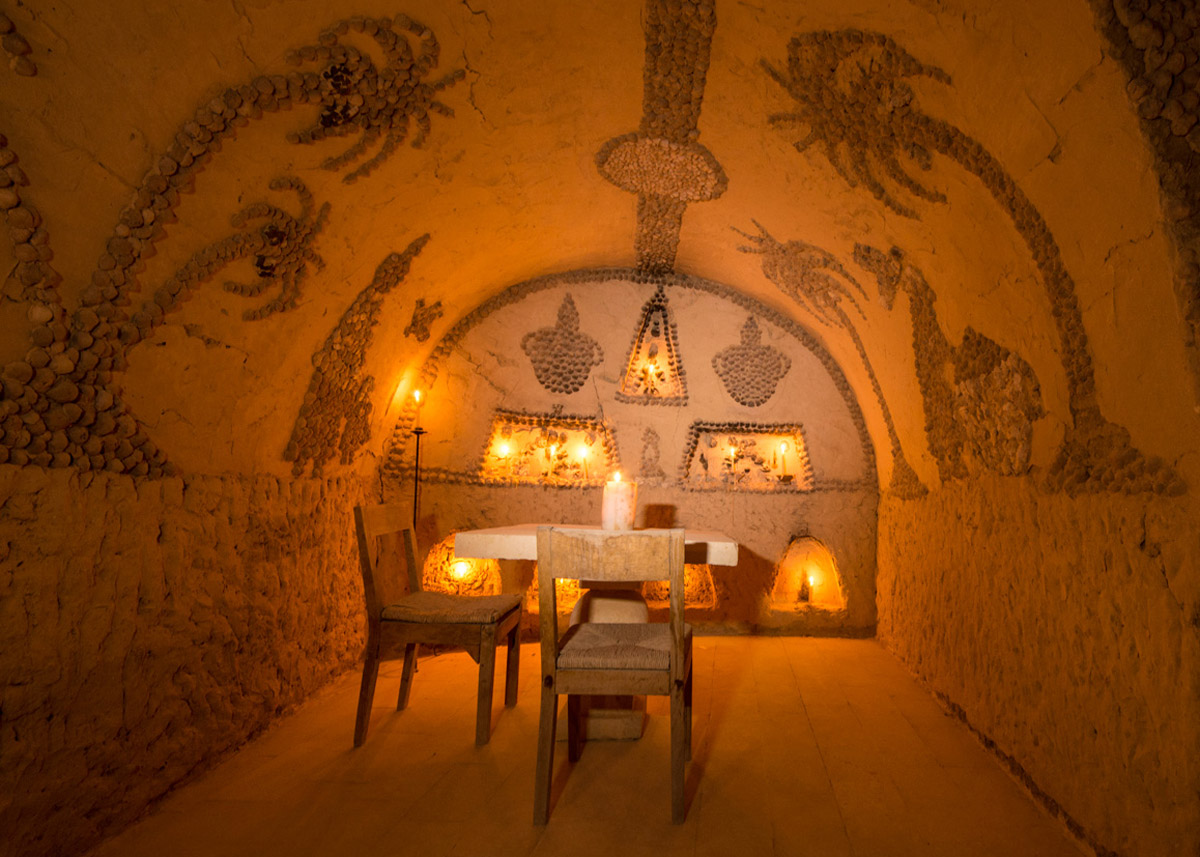
To create that bridge between Siwa’s artisans and the world of luxury fashion, Neamatalla first needed to become part of the community and truly understand its traditions. It was through her brother Mounir Neamatalla’s eco-lodge, Adrère Amellal, that she forged deeper connections and earned the trust of the people of Siwa.
Her brother’s journey in Siwa stemmed from a desire to make sustainability something lived, not just spoken about, and to bring the concept of sustainable tourism into Egypt’s tourism scene. At the time, however, the idea was neither widely understood nor readily embraced.
“When my brother first began this project in Siwa in 1998, it was after years of working as a consultant for the government and private sector, always advocating for sustainable development. He was one of the first to earn a PhD in Environmental Health and Quality Management from Columbia University,” she says.
“But no one was listening, not even in the United States. So, out of frustration, he decided to walk the talk and create a real example people could understand.”
With limited exposure to tourism and projects of this kind, the community initially misinterpreted the vision behind the eco-lodge and the broader idea of sustainable development.
“At the time, the community had no understanding of the concept of an eco-lodge. They thought he was building a monastery. Others believed he was searching for treasure. He had to tell them, ‘Your environment is the real treasure.’ It took time before the idea became accepted.”
Neamatalla remembers how challenging it was to introduce the idea of women working in the eco-lodge, and how isolated Siwa once was until the lodge helped shine a light on its stunning landscape and unique traditions.
“We tried everything — henna, massage therapy — but the men refused to allow the women to work in the eco-lodge,” she says. “Until the eco-lodge opened, Siwa was unseen and unheard. When he told me he would build an eco-lodge on a mountain, I said, ‘Where? There are hardly any mountains in Egypt.’ Back then, I didn’t even know where Siwa was.”
When involving women in the lodge proved difficult, Neamatalla shifted her approach, turning to the community’s heritage and ancestral traditions, rather than trying to impose a different way of life.
“When we failed to involve the women in the eco-lodge, we knew we had to understand the community more deeply, and understand their traditions. We asked ourselves: traditionally, what did the women of Siwa do? And that’s when we found the embroidery.”
Siwa’s embroidery stands apart for its exquisite intricacy, yet this very precision made it impractical in modern markets, as some pieces took years to complete.
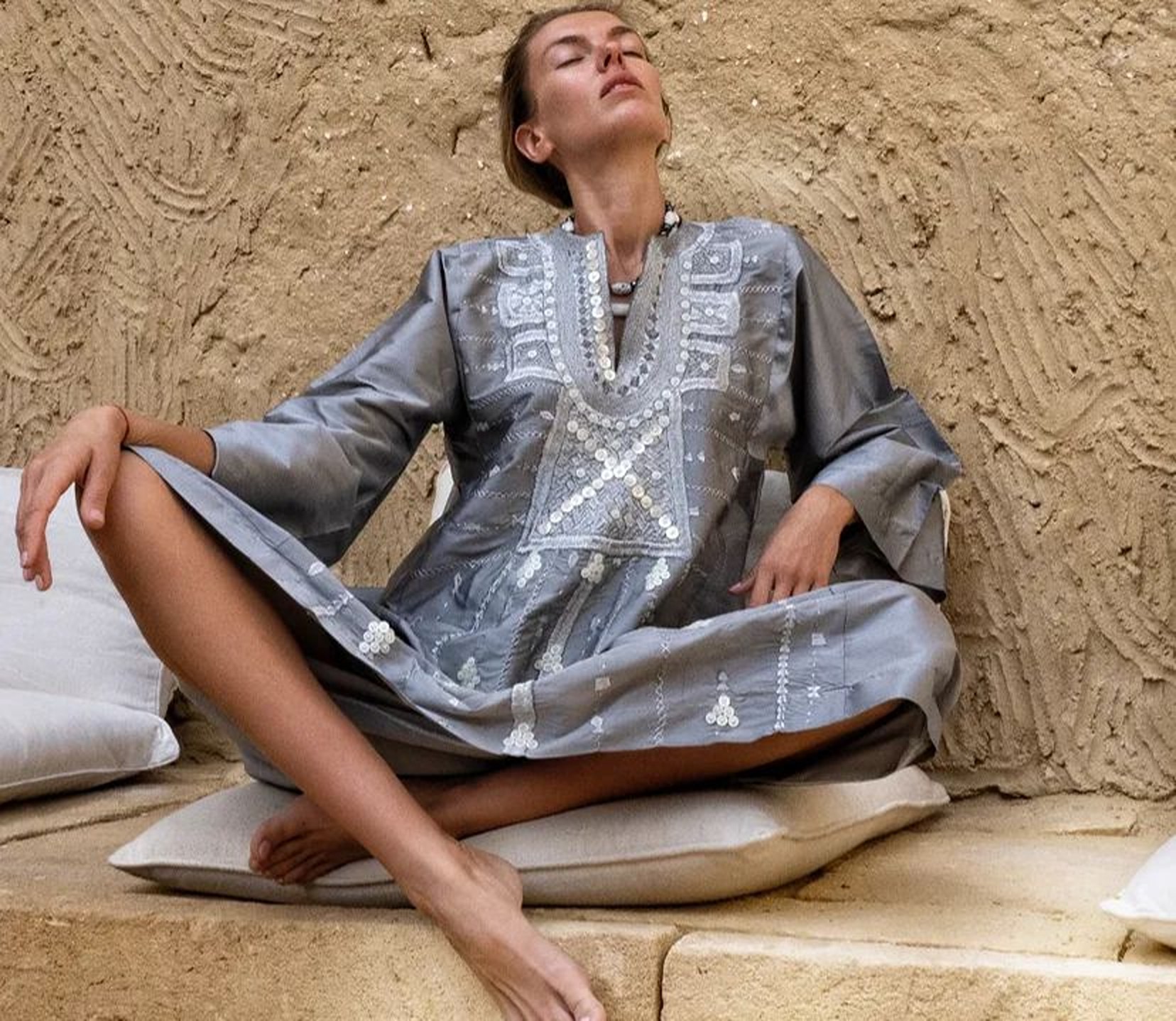
For centuries, Siwan women adorned handwoven cotton, leather moiré, and linen with elaborate motifs, producing textiles that were as artistic as they were culturally meaningful. Over time, however, the foundations that supported this craft began to erode. High-quality materials became harder to find, industrial manufacturing spread, and market demand shifted toward faster and cheaper products.
“Embroidery has always been part of Siwa’s heritage. The beads are tiny, the work incredibly meticulous, and a single piece can take years. You can’t sell that level of detail; it’s too time-consuming,” Neamatalla explains.
To transform this craft into a viable livelihood, Neamatalla began simplifying the designs and seeking out the women who still preserved this knowledge.
“We studied the traditional embroidery, from its motifs to its precision, and then we simplified it to make it viable. I asked who still did embroidery, and we went to their homes. They didn’t speak Arabic, only Amazigh, so we brought a translator.”
Reviving the craft, however, meant tackling many challenges, from issues like eyesight and training to making the work practical and accessible. It was essential that women could work close to their family homes, beside their fathers’, so they would not have to travel far or step outside their social boundaries.
“Some of the older women couldn’t see clearly anymore. After 42 or 44, many became short-sighted. So I brought them glasses. I paid for trainers, and for trainers to be trained,” she adds.
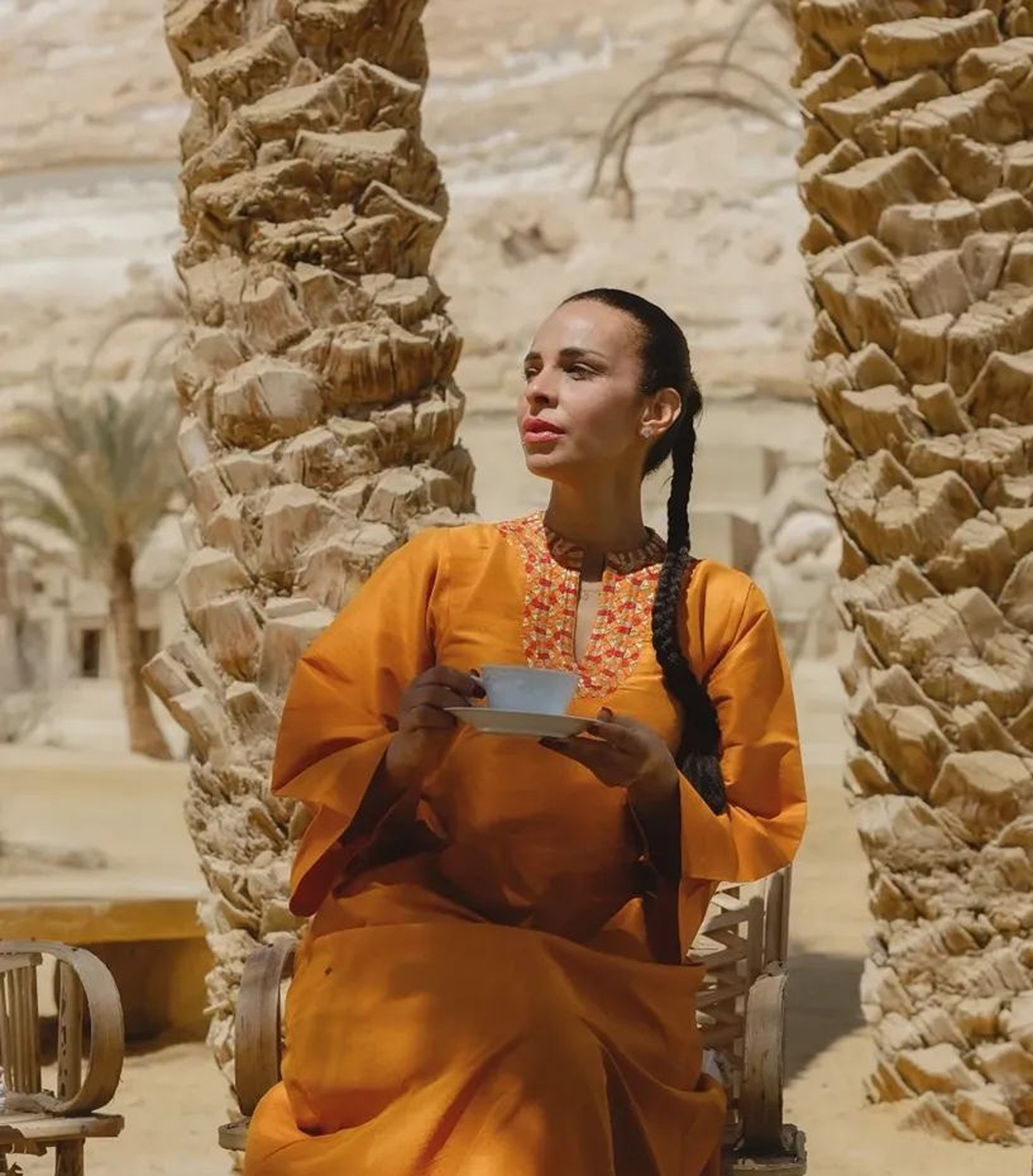

With training, creativity and innovation began to naturally surface among the women, as if the talent had always been in their DNA, waiting for someone to simply unlock it.
“This is talent, and they learned incredibly fast. All of their pieces were full of creativity,” Neamatalla says.
One young woman in particular, Naima, began to reinterpret traditional motifs, drawing inspiration from nature.
“She started stitching palm trees, olive branches, not just the traditional Siwan patterns. She used the old Siwa stitch to capture nature. She preserved tradition but pushed it beyond, looking at leaves, olives, and the landscape. She was a true star.”
Beyond the gorgeous artistry of its designs, the project transformed Siwa’s social fabric. It gave unmarried women an alternative to becoming domestic workers and, for the first time, the chance to earn their own income.
“About 25 percent of women in Siwa are unmarried. So many unmarried women end up as unpaid maids in their brothers’ households. That is the destiny of unmarried women in Siwa,” she explains.
Naima was one of those women, and Neamatalla saw potential in her to lead and reshape her future.
“Naima was one of them. She was 26, considered a spinster. She had no hope of marriage. I could see she needed something to change her destiny. I asked her to supervise the project and lead two women under her.”
To navigate the restriction of women not being allowed to work far from their fathers’ homes, Neamatalla devised a solution that honored local customs. “I told her, ‘Don’t worry. We’ll build the workshop right next to your house, inside your father’s courtyard. No one can say you’ve gone too far.’”
Since the project began, Siwa Creations drew in tourists and renowned designers, but more importantly, it allowed the women of Siwa to reshape their futures and choose the lives they wanted to lead.
“The project showed that women could contribute to their community and that they could be an asset. It gave them freedom. They changed their destinies. They were no longer destined to serve as maids in someone else’s home,” Neamatalla adds.
From Tradition to Innovation
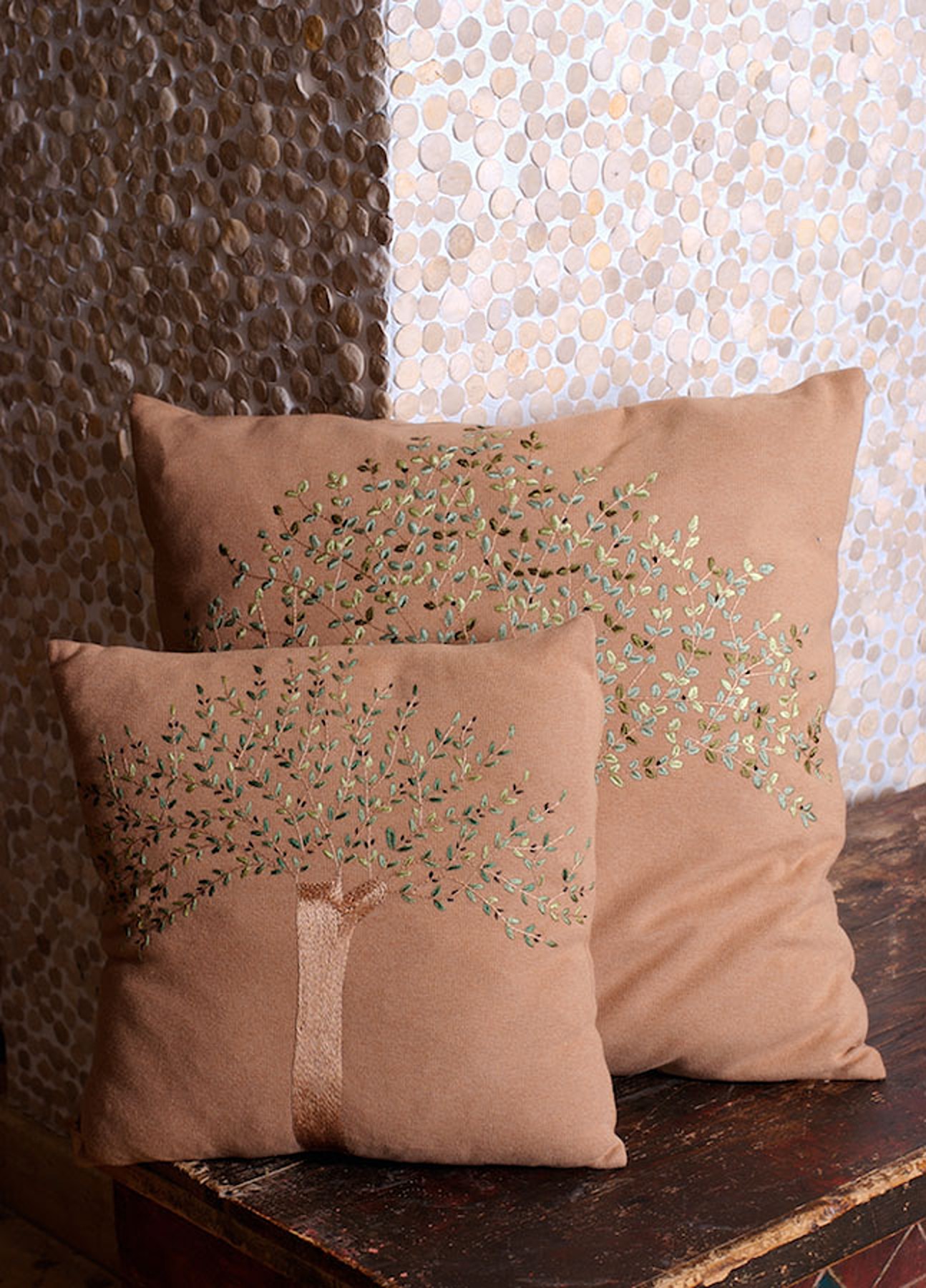
Embroidery is an ancient craft, but it is also one with limitless potential, capable of evolving and expanding in new directions. For Neamatalla, this belief shaped Siwa Creations over the years.
What began with clothing soon grew into a collection that included hand-embroidered bed linens, galabeyas (a traditional, long, loose-fitting robe worn in rural Egypt), blouses, shawls, tablecloths, cushions, and even jewelry, with each piece born from the spirit of Siwa’s people, who have mastered the art of living in harmony with their environment.
Traditionally, Siwan embroidery relied on just five colors, such as the green of palm trees, the red and yellow of dates, the earthy browns of the desert, and black. Siwa Creations, however, began to push those boundaries, introducing fresh colors and interpretations, from soft pinks to vibrant oranges and new shades of yellow.
As Egypt’s population grew to include more refugees, Neamatalla began collaborating with refugee artisans in Cairo, particularly Palestinian women, to broaden the scope of the work. The collection expanded beyond Siwa’s embroidery to reflect Egypt’s wider landscape of craftsmanship, stretching from Upper Egypt to the oasis of Siwa.
They have also recently collaborated with designers such as Louis Barthélemy, a French illustrator and designer who has lived in Cairo for many years, to create Pharaonic-inspired garments now sold at the Grand Egyptian Museum’s gift shop.
“We had already explored the full breadth of Siwan embroidery,” Neamatalla explains. “It was time to innovate and expand our line to embrace Egypt’s wider history, and to showcase the diversity of Egyptian design and heritage.”
With the Grand Egyptian Museum now open, Neamatalla’s work aligns with Egypt’s evolving vision for design and craftsmanship. The museum is home to ancient artifacts and also a celebration of contemporary Egyptian creativity.






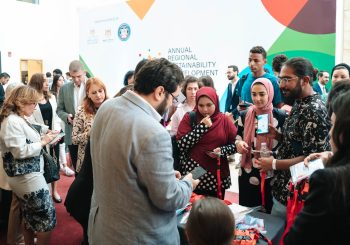
Comments (0)